It all started when Hamish wrote this article The Rise of the Vintage Digital Camera back in March 2022. After a bit of extra research into the LX3 including this YouTube video three days later it was ordered from your favorite auction site. Did I need it, no, but for £50 I thought why not.
It came in the classic setup you see all the time with these old point and shoot cameras, small carry bag, mini tripod and extra bits and pieces. Turned it on all working just a faint electrical whine which it does not make when in the playback menu so maybe it’s just the image stabilization. The original battery was trying it’s best but extra ones were needed.
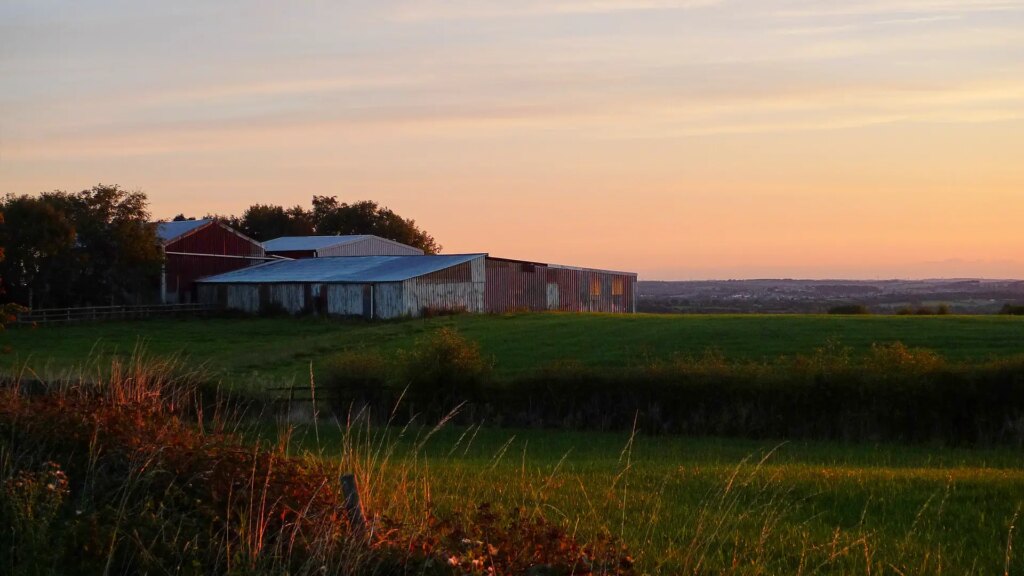
Now this was not my first point and shoot camera, for the last couple of years I have been carrying around a Sony HX80, but not really for it’s photographic capabilities, more as a compositional tool. You see I’m the kind of photographer that keeps the camera in the bag until I see something, setup the tripod and camera then put it all away again walk 50 metres and do it all again. With the Sony’s 24-720mm focal length I was covered for pretty much all eventualities and even though it only shoots Jpeg I was surprised by some of my shots.
So why move to the LX3 from the Sony – it’s 10 years older, has 8 less mega pixels and a vastly reduced focal range of 24-60mm. I’m not really sure, there was just something that appealed with what Hamish had said about limitations such as the reduced dynamic range being something that could add to the image rather than take something away (although I am still careful to watch my highlights – old habits and that).
Even though the LX3 was older it did still have some things up its sleeve. The slightly bigger mythical CCD sensor, a much faster lens and a different colour science to the Sony (more on that later) and in some circumstances the jpegs do have a more filmic presentation. I also like the multi aspect ratio sensor implementation Panasonic has used. Basically they put in a larger sensor than needed so whichever aspect ratio you are in it’s always cropping in on the sensor, it does bake that aspect ratio choice into the raw file though.
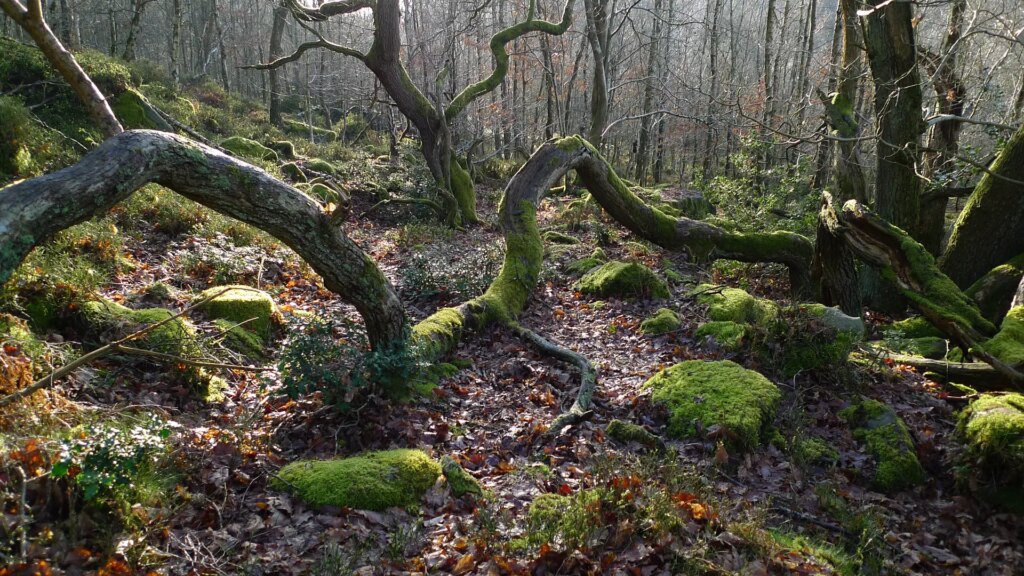
Out in the field, well what can you expect? In sunny conditions the screen’s not very good and live view with a CCD sensor introduces all kinds of purple flares with bright light sources (they do not appear in the photos) so it’s a bit hit and hope sometimes. But checking the photos on the computer that’s when it impressed me. The level of detail and noise levels are just was not I was expecting from a 14 year old 10 megapixel camera.
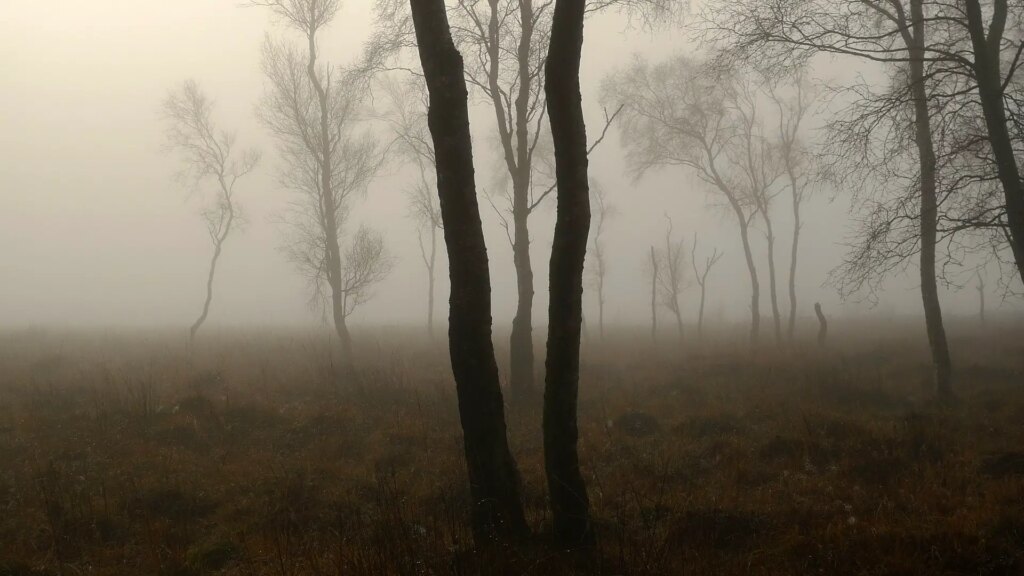
Shoot jpeg or raw? Well they both have their pros and cons depending on how you see it, so why not kill two two birds with one stone and let the camera take both and decide later. Please note the following only applies if you are using Capture One the difference in Lightroom are negligible. What can I say sometimes I prefer the colours in the jpeg, sometimes in the raw. Raw files definitely have the edge when it comes to sharpness and can save a blurry jpeg.
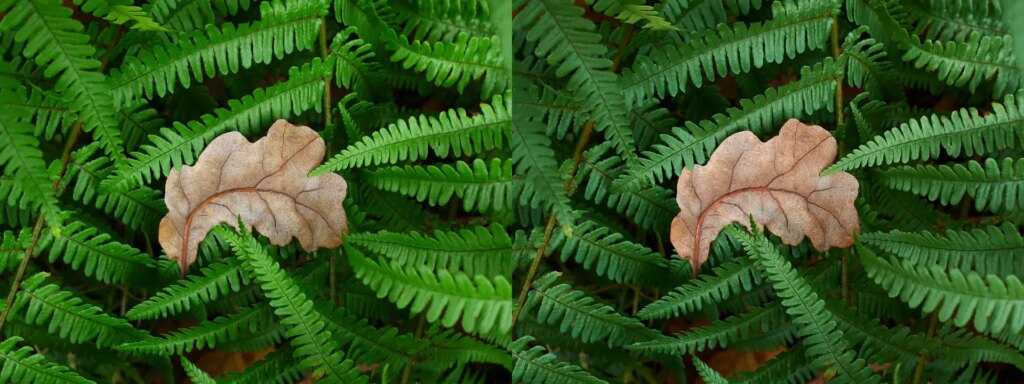
The above photo also leads me into another plus but this goes for all smaller sensor cameras: depth of field is much deeper. After taking this with the LX3 I then took the same composition with my Sony A7 and Tamron 35mm F2.8 macro 0.5x. With the latter comes the need to focus bracket and to be honest the LX3 photo is good enough that I just can not be bothered with the faff.
So after the 8 months of using the LX3 in conjunction with the “proper camera” I would happily take the LX3 out as my only camera and would definitely recommend it if you are looking for a decent small carry everywhere camera. The current digicam trend has pushed up the prices but you can still get them from around £50 if you don’t mind waiting for a good deal.
I will leave you with a few more photos from the last 8 months…
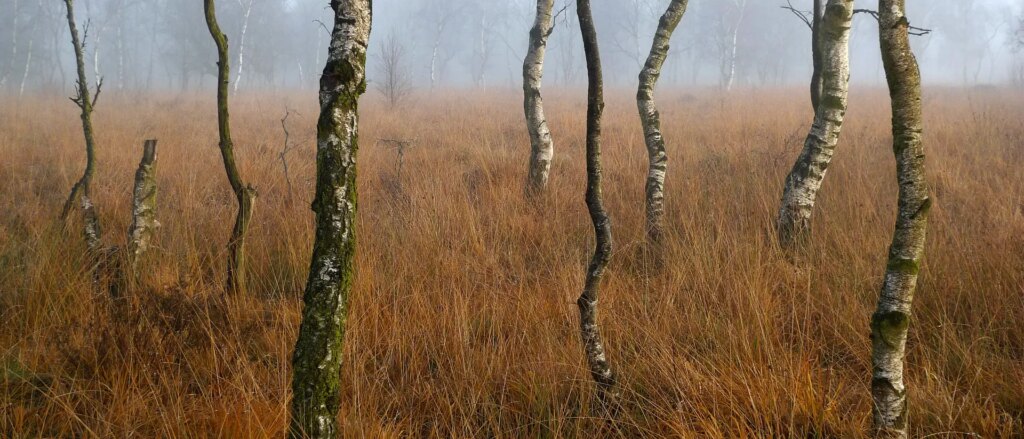
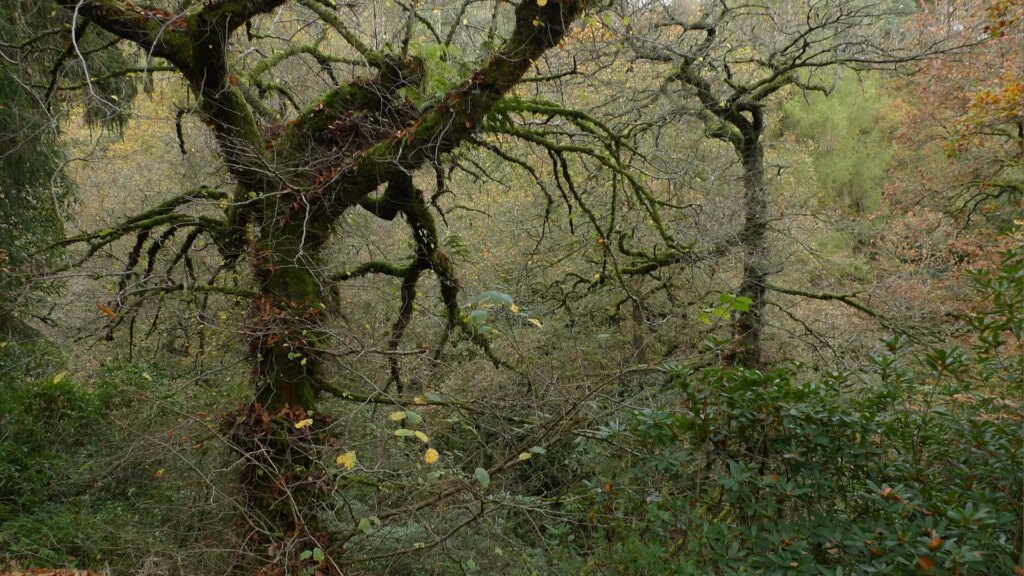
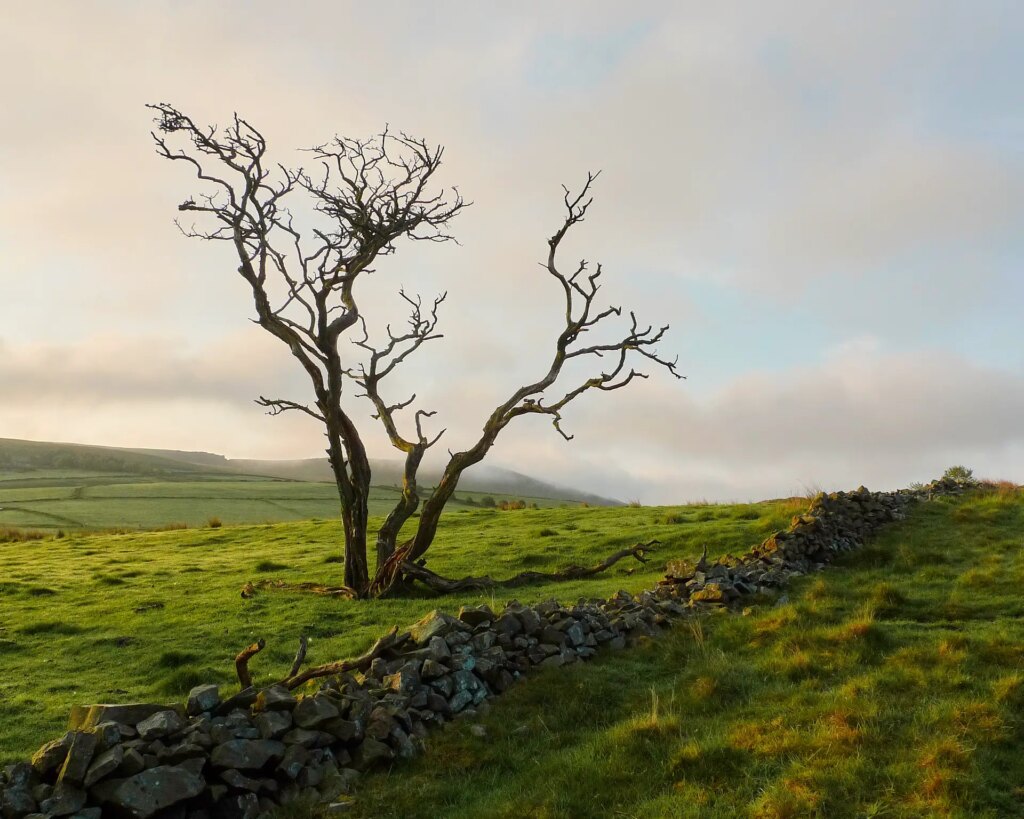
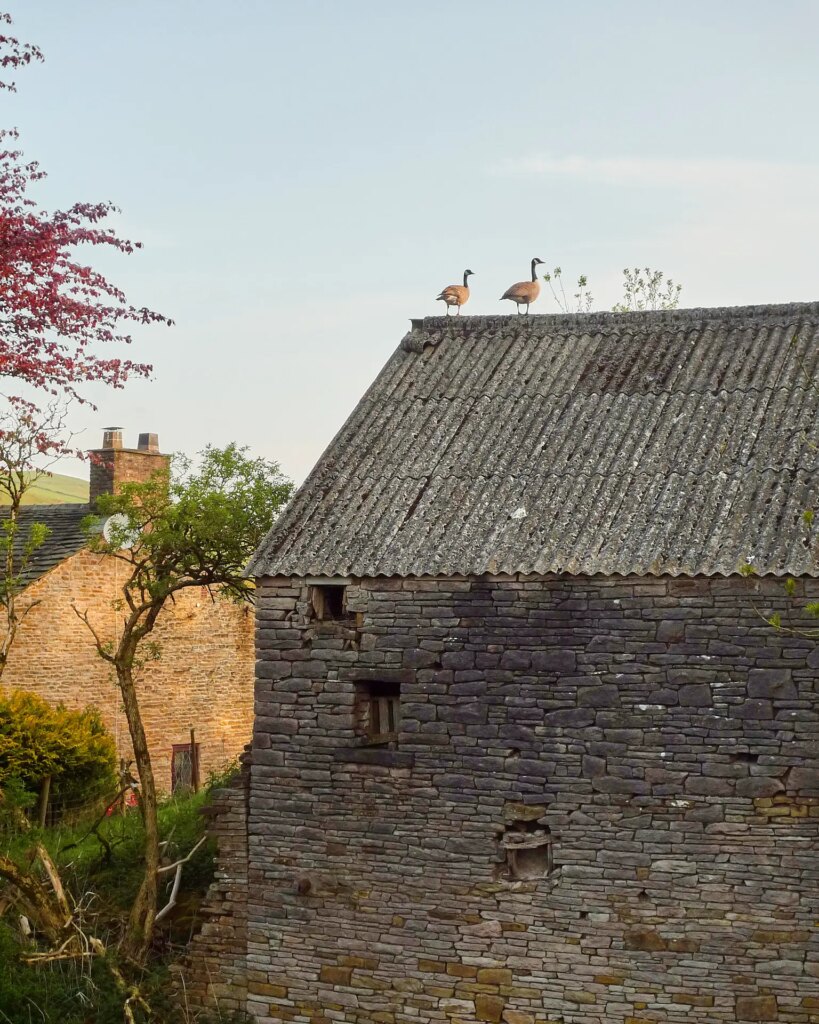
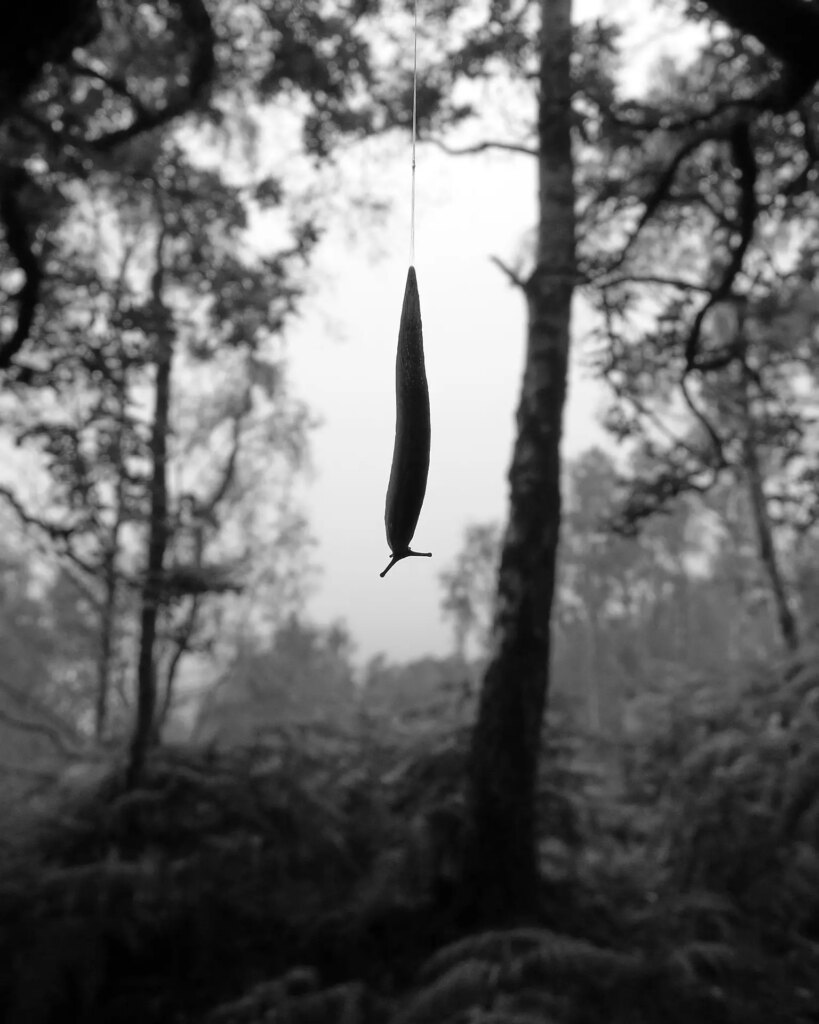
…and if you like this sort of thing then I post every now and then on Instagram
Share this post:
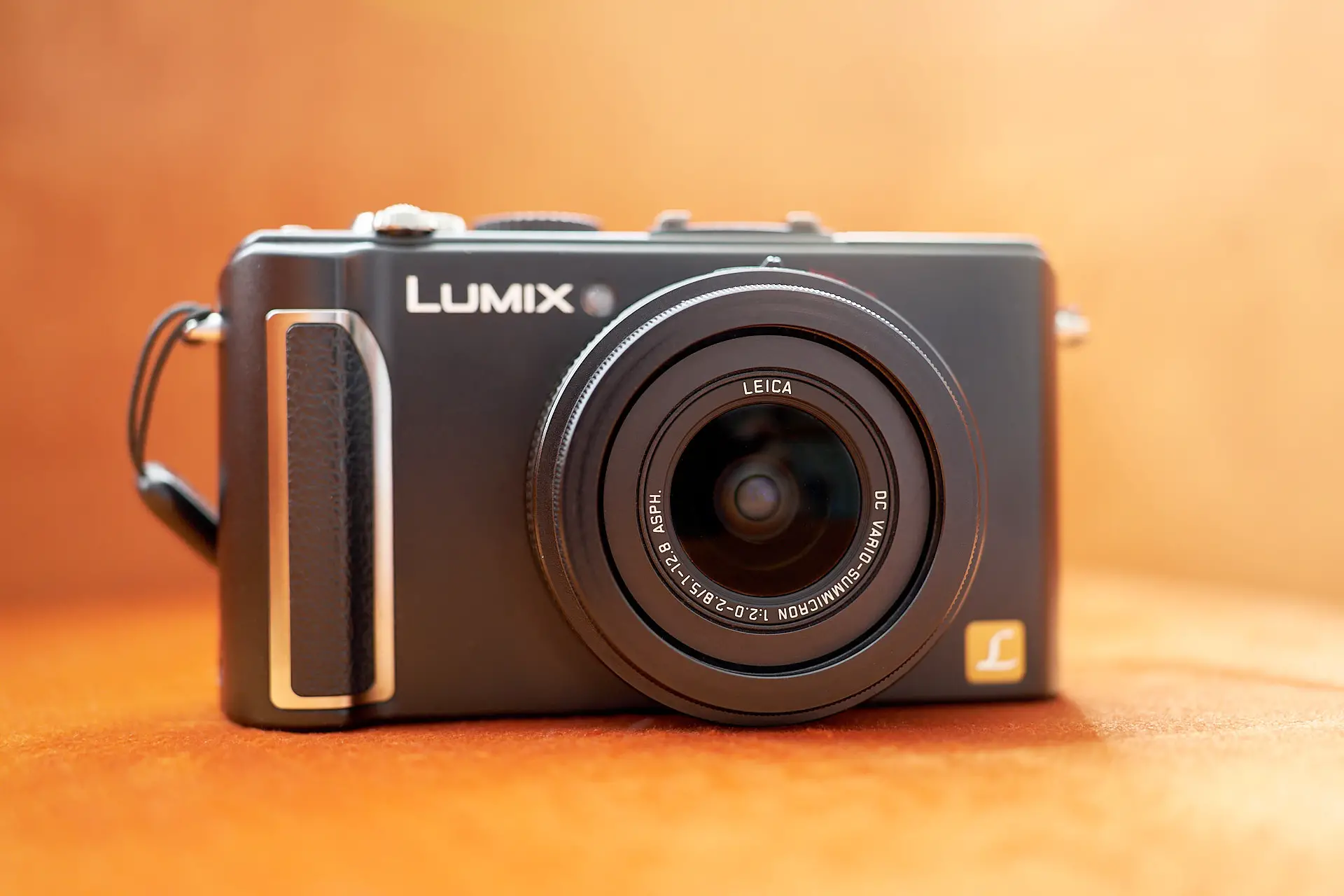








Comments
Simon Cygielski on Panasonic LX3 – 8 Months with a 14 Year Old Point and Shoot
Comment posted: 20/07/2023
Aside from the camera itself, you make lovely images. Thanks for sharing.
Comment posted: 20/07/2023
Comment posted: 20/07/2023
Comment posted: 20/07/2023
S̆̈ on Panasonic LX3 – 8 Months with a 14 Year Old Point and Shoot
Comment posted: 20/07/2023
Reed George on Panasonic LX3 – 8 Months with a 14 Year Old Point and Shoot
Comment posted: 20/07/2023
As stated above, your photographs are wonderful, regardless of camera used. Nice job!
Comment posted: 20/07/2023
Art Meripol on Panasonic LX3 – 8 Months with a 14 Year Old Point and Shoot
Comment posted: 20/07/2023
Comment posted: 20/07/2023
Tom Perry on Panasonic LX3 – 8 Months with a 14 Year Old Point and Shoot
Comment posted: 20/07/2023
To my mind the handling of the LX-3's RAW's in post has to be very subtle - moving up the exposure up at all makes noise in the shadows extremely prevalent. As a side note, I'm starting to come to the opinion that improvements in noise management are going to give these cameras an extra lease of life - ten years ago even dedicated software like Noise Ninja would have struggled with these files. Now Lightroom's AI denoising is very, very good (even the manual version is pretty decent) and counteracts what is the camera's most obvious flaw.
Comment posted: 20/07/2023
Matthew Bigwood on Panasonic LX3 – 8 Months with a 14 Year Old Point and Shoot
Comment posted: 20/07/2023
Comment posted: 20/07/2023
Marco Dughera on Panasonic LX3 – 8 Months with a 14 Year Old Point and Shoot
Comment posted: 21/07/2023
I keep coming back to look you photos. I like them.
I am surprised by the results of the two images of trees in the mist: they do not like "small sensor" to me.
Marco
Comment posted: 21/07/2023
Ibraar Hussain on Panasonic LX3 – 8 Months with a 14 Year Old Point and Shoot
Comment posted: 21/07/2023
Comment posted: 21/07/2023
Jay Dann Walker on Panasonic LX3 – 8 Months with a 14 Year Old Point and Shoot
Comment posted: 07/08/2023
I have a small GF1, a 12 MP marvel from circa 2008 or 2009, which was "gifted" to me by a friend who was downsizing his camera collection, and sadly has now passed away. He thought this wee beat was exactly MY type of camera, and when he kindly gave it to me he explained (without offending me in the least) that he felt my imagery was somewhat too "mannered" and a smaller camera than my big Nikon FX monsters would free me to shoot with a lighter mind-set.
He was entirely right. I have a much too large collection (don't we all?) of other cameras which I use for various quite specific purposes - today for example, I've been out and about in the Bromo Hills of East Java, Indonesia with two cameras, one digital (of which I'll say no more), the other a circa 1952 Voigtlander Perkeo I with a light green filter and three rolls of refrigerated but expired 120 Ilford XP2, which I used to photograph the impressive mountains of Bromo and Baton and later, during our 9-kilometer walk back to our transport, the impressive savannah of the. Bromo Valley. A thoroughly enjoyable day, with I hope, some unique film memories.
My Lumix GF1 has the less elegant but almost equally capable Lumix 14-42 zoom, the kit lens most of those cameras were originally sold with. I have somewhere in one of my camera bags, the longer, 45-whatever zoom, but to be honest I've never used it, as I'm not a telephoto person.
As Max has so eloquently written and visually demonstrated in this article, even these "obsolete" (which really is just a term, isn't it?) cameras, can produce amazing results in the right hands. The black-and-white image of the upside-down slug is, to me, truly riveting, and one I would love to have as part of my small but cherished collected of original prints. Are your photographs available for purchase, OP? If so I will be interested, please let us know.
With best regards from DANN in Surabaya, Indonesia
Comment posted: 07/08/2023
Brandon Libby on Panasonic LX3 – 8 Months with a 14 Year Old Point and Shoot
Comment posted: 15/11/2023
-Brandon
Ibraar Hussain on Panasonic LX3 – 8 Months with a 14 Year Old Point and Shoot
Comment posted: 11/01/2024